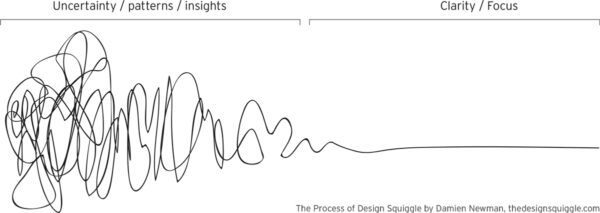There’s an approach to fundraising that believes that your fundraising must convince the donor that what you’re working on is important before they will read your message or give a gift.
This is happening any time you see an appeal start out with a statistic. “There are over 14,000 children in the LA area aging out of the foster care system each year” is one example. “43% of the wetlands in Okanagan are currently unprotected” is another.
These stats are meant to communicate to the donor that what’s being written about is Important, that this is a Big Deal.
The organization’s thinking goes something like, “If the donor only realized how important and what a big problem this is, they would give a gift.”
In my experience, this approach does not work very well.
Here’s an approach that works better: believe that your donor already cares.
After all, each gift to your organization is a sign that the donor cares about the situation you’re working on and/or your organization. Your donors have already put themselves on the hook for your cause.
If you believe that your reader already cares, you skip the whole “try to convince them” part. This leads to appeals that:
- Tell the donor what’s happening right now,
- Give an example (usually in the form of a story) of how what’s happening right now is affecting a person / the wetland / whatever you work on,
- Tells the donor specifically what their gift will do to help.
By skipping the whole “we have to convince them this is important” part, the letter or email is free to get right to what the donor is more likely to be interested in: what’s happening now, and what their gift will do about it.
Moving forward, trust that your donors don’t need to be convinced. They’ve already told you with their attention and generosity.









